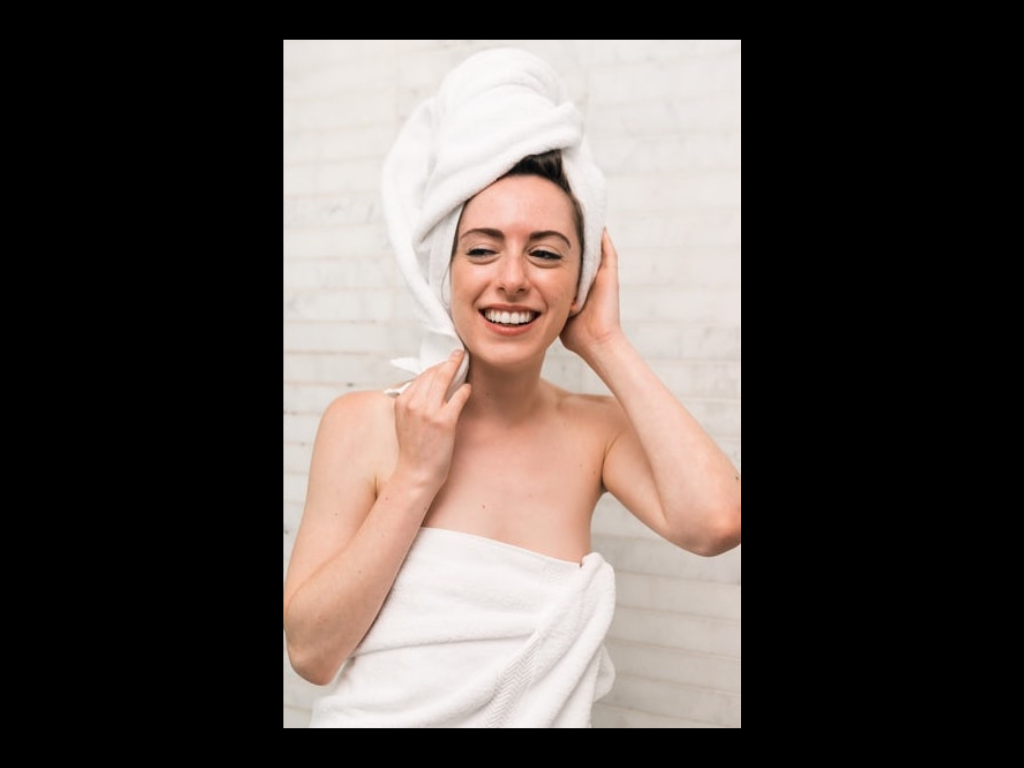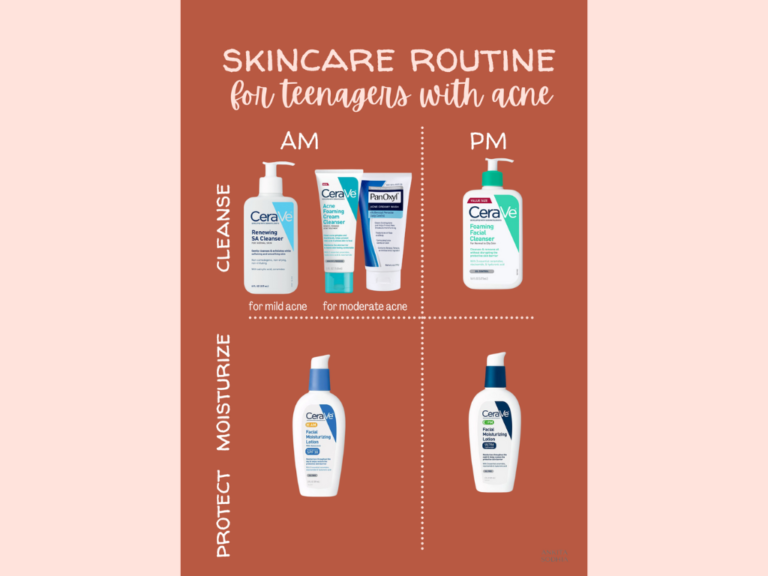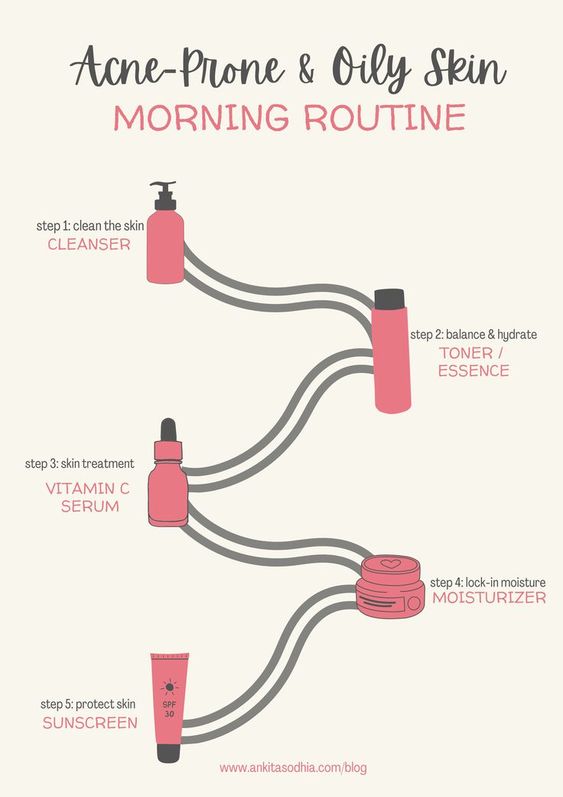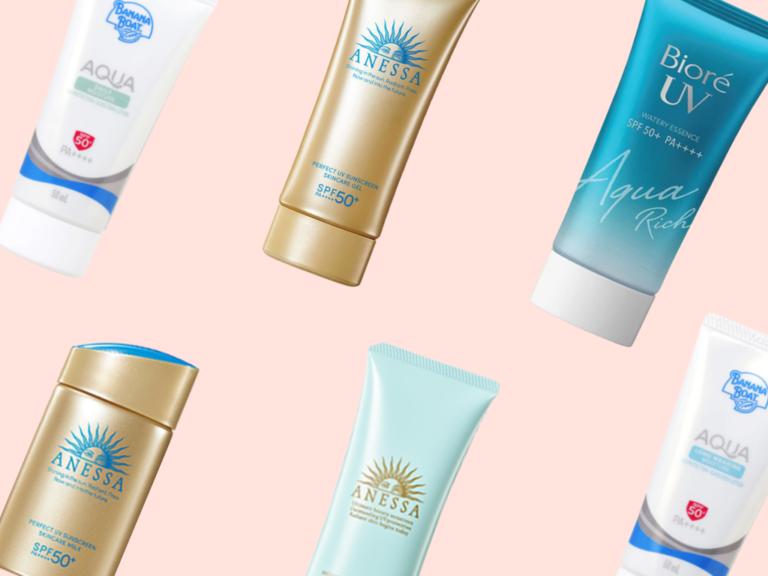What Is A Face Toner and How To Use It in a Skincare Routine
Confused about face toner? Don’t be. Read this quick guide to get a basic understanding of toner and how to use it in a skincare routine.
Please note: I am not a doctor and all the information below is for illustrative and informational purposes only. Please consult your doctor before starting any new skincare products.
Table of Contents
What is a face toner?
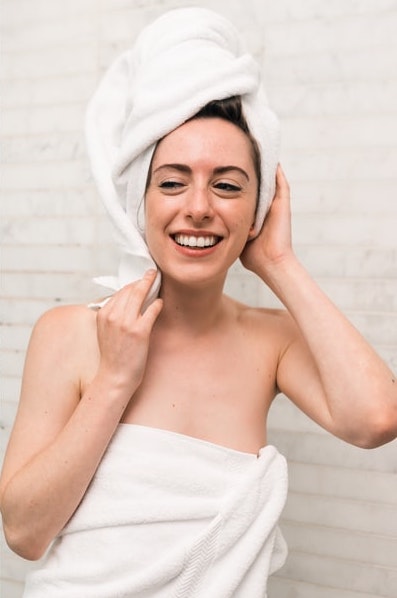
A face toner is essentially a liquid that looks like water. It is a thin liquid formulated with ingredients to further cleanse and balance the skin’s pH levels, so that it is not too oily or too dry.
In the past toners were pretty harsh and astringent-like (if you’re a 90s kid, then you might remember the Windex blue toners that were extremely popular). Today, toners are a lot more sophisticated in formulation.
Hydrating toner vs exfoliating toner
Essentially, there are two main categories of face toner:
Exfoliating toner: designed to remove (exfoliate) dead skin cells and unclog pores, for brighter and smoother skin texture. Exfoliating toners will contain acids (AHAs, BHAs, PHAs) such as glycolic acid, lactic acid and salicylic acid and used 2-3x a week.
Hydrating toner: generally alcohol-free with ingredients such as glycerin, hyaluronic acid, antioxidants, amino acids, rose water, aloe etc that are designed to hydrate and soothe the skin. Hydrating toners can be used daily.
How does toner differ from essence and serum?
Toner is used to cleanse and balance the skin’s pH while essence is used after toner to add hydration to plump up the skin followed by serum, which is a treatment with concentrated ingredients to target specific skin concerns such as dullness, acne, ageing skin etc.
Benefits of using a toner on the face:
Depending on the key active ingredients in a toner these are the benefits of using a toner.
- Restores the skin’s pH balance so skin isn’t too oily or dry
- Provides the skin with instant hydration
- Removes dead skin cells
- Preps the skin to absorb essences, serums and moisturisers
Best toner for oily skin
The most popular exfoliating toners for oily and acne-prone skin are glycolic acid toner, lactic acid toner, and salicylic acid toner. These toners will also work great for combination and dull skin.
Glycolic acid and lactic acid work on the surface to remove dead skin cells and improve texture, so pores appears smoother and smaller. These toners are also great for adding a glow to the skin. Using a toner with a pH of 3.5 to 4 and concentration of 5-15% is the most effective way to enjoy its exfoliating benefits. Always use an SPF after using a toner with AHAs in it because it makes the skin sensitive to the sun.
Salicylic acid toners work deeper under the skin’s surface to unclog excess sebum (oil) from pores, cleanse away any impurities and prevent future breakouts. Using a toner with a pH of 3.5 to 4 and concentration of 1-2% is the most effective. Do not use salicylic acid if you are pregnant, breastfeeding or have an allergy to aspirin (use lactic acid-based toner instead).
Best toners for dry skin
The best toners for dry skin are alcohol-free hydrating toners, which will add hydration to the skin. Look for ingredients such as glycerin, hyaluronic acid, rosewater, aloe, antioxidants, cucumber, green tea etc. These soothing and calming ingredients are also great for dehydrated, sensitive and aging skin and helping concerns like redness and inflammation.
Where does toner fit in a skincare routine?
Toner should be applied to skin immediately after (double) cleansing the skin. Depending on the type of toner, it can be used day and night. If used in the daytime, always use an SPF in the routine as some ingredients in toners make the skin sensitive to the sun.
Don’t use Vitamin C and exfoliating toners in the same skincare routine. Use Vitamin C in the AM and exfoliating toner in the PM, if used on the same day.
Don’t use retinoids / retinol on the same day as exfoliating toner. Alternate exfoliating toner and retinol on different days.
How to apply toner and how often to use it:
Immediately after cleansing the skin, put a few drops on finger tips and tap it gently into the skin. Or put a few drops on a cotton round and swipe gently in upwards motion across the face. Follow with serum, moisturizer and SPF (during the day).
If you’re using an exfoliating toner, then use it 2-3x a week at night. Don’t use retinol on the same nights. Avoid using exfoliating toners in the daytime because they make the skin more sensitive to the sun.
If you’re using a hydrating toner, then use it daily, if needed.
Related:
What Is An Essence and How and When To Use It in a Skincare Routine
What Is A Serum and How and When To Use It in a Skincare Routine
Please note: I am not a doctor and all the information below is for illustrative and informational purposes only. Please consult your doctor before starting any new skincare products.

